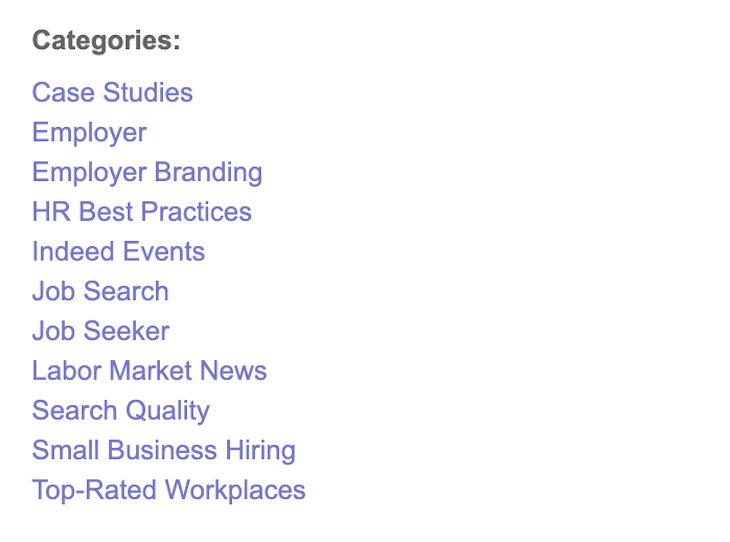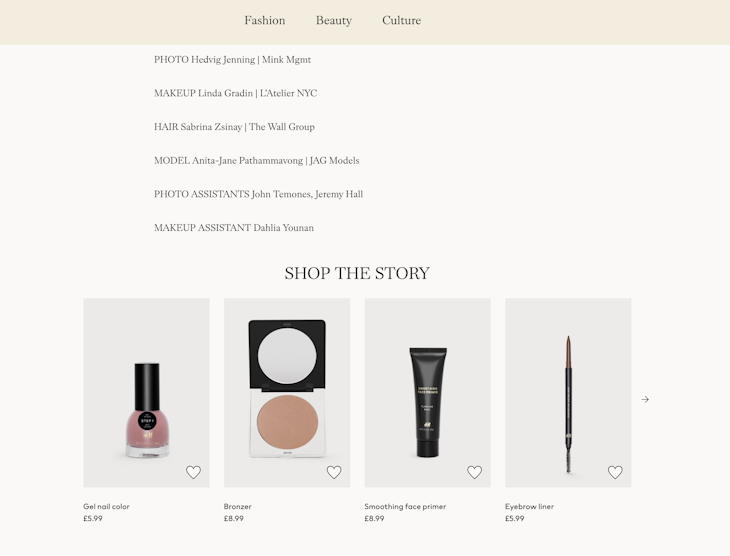Why Your Company Needs to Run a Blog Now
Marketing strategies of companies are now embracing the benefits of blogging. Quality content can boost a company’s competitive advantage, marketing and image. Learn how corporate blogging can help your business.
Published April 7, 2020
-
Grace Teo
Blogs are no longer just personal online journals. Today, companies such as Virgin Atlantic and Adidas are blogging to reach their customers worldwide. The goal here is to create a lasting and reliable relationship with your audience.
It’s the easiest method to reach out to current and new customers without any resistance from a social media platforms’ algorithm. That’s exactly why forward-thinking companies are now investing in articles within their websites to provide valuable and engaging content for their audience.
If you are still considering an investment in a blog, let us share with you how it can help your business. Here are the top reasons why you should start a blog.
Communicate with your audience
Traditionally, blogs are used to journal everything from personal hobbies to daily life.
Within a corporate environment, a blog can act as the channel to give your audience an insight into your company’s operation. All latest news and updates on products or processes can be explained in a blog post.
For example, Google shares its company’s latest news, products, and much more about its company through its blog. Take a look at this blog post by Google written by an employee who gives an insight into how Google celebrates diversity.

It’s becoming important to be transparent and relatable as a company. The audience you’ll be talking to includes all stakeholders such as your employees, customers, partners, suppliers, investors, or local communities. They all want to hear your story and how you evolve as a company. Take them along in your journey by letting them know more about your goals and visions.
The main principle in communicating with your audience is to be authentic and retain the voice your stakeholders have already grown familiar with.
This means that you shouldn’t put up an artificial front just to pretend to be modern or to blog for the sake of blogging. Talk in a language you’ve always been talking with on the phone, on exhibitions, or other 1-on-1 meetings.
Be seen as a subject matter expert
As a company, you’ll need to know what your product does best. It’s important to have an impeccable understanding of your product and the topics around it.
You may have expert knowledge but you will never reach your potential customers until they find out that you have it.
The job search platform Indeed does a great job by publishing articles related to job search and hiring. On their blog, there’s an article teaching employers ways to weed through the many resumes received. Indeed also shared an interview with an expert to provide tips on effective communication at the workplace through another article. Indeed has a set of topics which they often discuss on their blog as seen in the categories of articles.

These articles provide information to visitors of Indeed’s website who are most likely job seekers or employers looking to get connected.
Positioning yourself as the subject matter expert gives your reader more confidence in using your products or services.
This is applicable not only to technology companies but also to traditional brick-and-mortar businesses like carpenters, health practitioners, or florists. Let your potential customers know that you are the one to go to when they have questions related to your product scope.
Get found online with a blog
Everything online is getting competitive. Once your company’s website is online, it does not guarantee views. Unless you link to your website in your email signature or buy ads, it’s probably never going to be visited by anyone.
You would want to attract others to your website to share the benefits of your products and services. Paying for advertising on Google or Facebook may help articles are free advertising online. This is what we refer to as ‘inbound marketing’.
A search engine acts as the bridge to your website, providing people with possible answers to their questions. For example, when you google “what is the tax rate in Switzerland”, there are about 91.000.000 results. That means 91.000.000 pages may provide the answer needed.
Usually, the answer is already on the first page of the search.

If you’re running a tax advisory firm, for example, you’ll want to have a set of articles or blog posts dedicated to various tax rates in the world. The people looking for tax rates are dealing with tax issues at the moment and are highly receptive to products or services that will alleviate their pains.
Lillydoo, a German diaper brand, publishes articles on its official website to help parents with their pregnancy or newborn. Here are some published articles by Lillydoo:
- Don’t be afraid of the doctor visit
- Fever on kids and toddlers
- 10 questions to ask yourself before naming your baby
While the articles have almost no relation to diapers, they are topics that would be of interest for those customers who would buy diapers later down the road. These are mothers who are pregnant or just had a baby, a father looking for answers to help his baby with a fever, or parents looking for ideas online to name their child.
Lillydoo wants them to visit the website, and once there, readers would also be introduced to Lillydoo’s products. This is highly effective brand-building. It yields permanent results as soon as the article is published and starts ranking on search engines.
Hence, creating a strategic content marketing plan should be at the top of your list.
Create leads with a ‘call to action’
Now that more visitors are coming to your website through useful articles, you can always have a snippet of a call-to-action button or links within the article to products or services that you’re offering.
H&M America’s blog dedicates a post to the current trend of brown shades for makeup. The article lists all the makeup used by the model in the photo. Obviously, the list links to the individual products in their online store.

Further down the article, snippets of the products are available with a call-to-action to encourage readers to shop the products mentioned.

Conclusion
Articles or blog posts within a corporate website speak on your behalf whenever possible. They should be a part of your digital marketing plan to promote your work and to add a more relatable character to your website.
The upfront investment in writing quality articles is easily outnumbered by the revenues you’re generating as soon as they start to rank. Your competitors will be spending heavily on sales tactics while you’re attracting customers automatically through inbound marketing. It’s never too late to start.
Postodian offers a simple solution to incorporate a blog seamlessly into your website. It takes zero configuration to start a publication and to write your first story with our powerful text editor.
